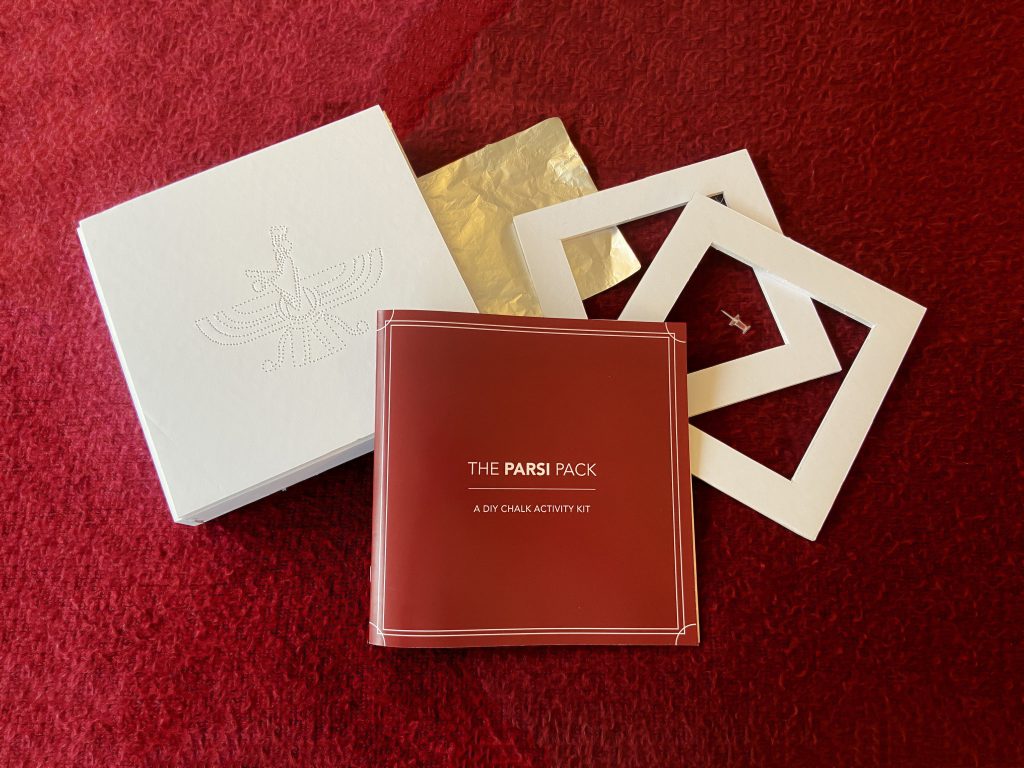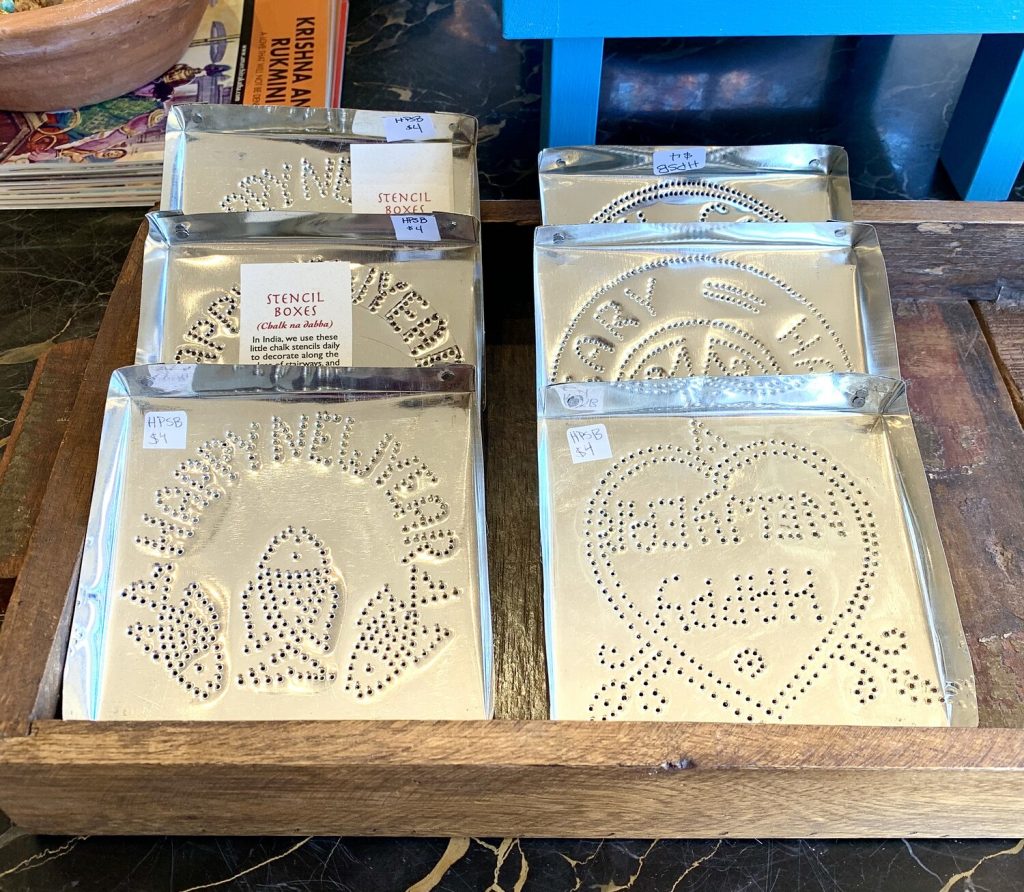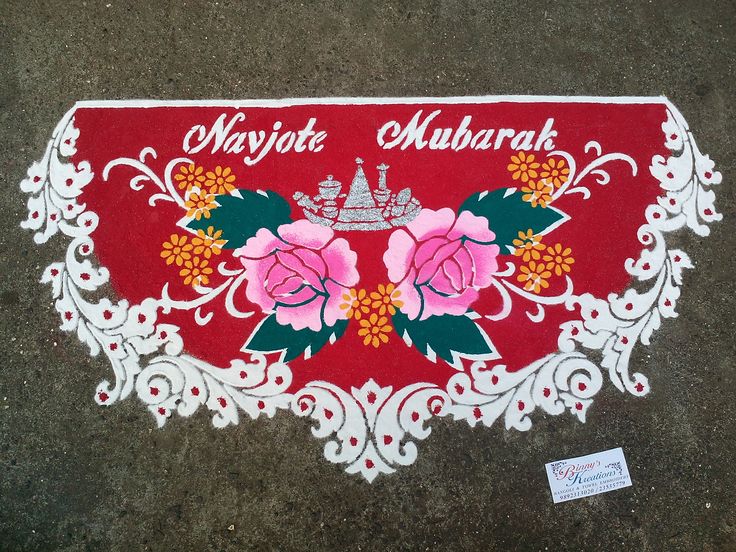GSMD-500 | Grad Studio 1
Prompt 3 : Discourse
The idea of ‘reading through making’ is one that excites me even after the completion of my project. Typically it is the opposite way around, so to be able to ‘Make’ from a reading intrigued me. However, initially finding the best reading for this prompt was quite difficult. I was adamant to find a reading that I enjoy and could possibly connect with my interests.
1.1 – The Reading:
After going through most of the readings in my syllabus, I finally found an article that I could connect with: “Print Culture and Decolonizing the University: Indigenizing the Page: Part 1” by Marie Battiste. The article is a collection from the book “The Future of the Page“, which presents the best of recent critical theory on the history and future of the page and its enormous influence on Western thought and culture.
Indigenous peoples throughout the words have used a wide array of forms and systems of communicating or writing or remembering that have shown similarity in strands of symbolic designs, meanings and functions. Early Indigenous literacy in America was largely symbolic and ideographic, reflecting a unified vision of knowledge and thought from one continent to another – Marie Battiste
Battiste talks about how the Indigenous peoples would communicate through symbols, which were explained from one generation to the next through oral communication. She goes on to explain how the European “travellers and missionaries destroyed, transformed or simply ignored most Aboriginal literacies”, calling them primitive. This was due to the fact that they were unable to comprehend the symbols and what they represented.
1.2 – My takeaway:
A connection I was able to form was how as Zoroastrians we have many symbols, however a lot of the youth, including myself, do not know exactly what they represent and symbolise.
For this reason I decided to tackle this problem though this prompt.
2.1 – Brainstorming for the Icons:

I began by creating a mindmap of all the important icons that were either religiously or culturally relevant to the Parsis. Some were those that I knew myself, while others were collected from a coffee table book A Zoroastrian Tapestry: Art, Religion & Culture.
As the main component of my assignment was symbols, I realized the best way to have others learn them and interact with them, was though our use of Chalk stamps.
2.2 – A brief history of the Parsi Chalk stamps:
Historical accounts maintain that the Parsi Chalk designs were adapted when the Parsis (Persians) settled in India over seven centuries ago. They were given shelter in Sanjan, Gujarat, by Jadi Rana who understood the importance of an inclusive society.
Jadi Rana is a figure from the Qissa-i-Sanjan, an epic poem completed in 1599, which is an account of the flight of some of the Zoroastrians who were subjected to religious persecution following the fall of the Sassanid Empire and of their early years of resettling in India. Inexorably, the Parsis adopted five of the cultural traits of their new homeland. One being the use of Chalk stamps for celebratory rituals.
Parsis use perforated lightweight metal chalk boxes into which white chalk powder is put and stamped on the damp floor. A dash of red, orange, pink, green and yellow chalk colours are added to enhance the patterns. The designs are mostly floral with symbols of good luck; fish and horseshoe. Quotes in English and Gujarati such as “Good Luck” are also common. Typically the chalk stamps are used for auspicious occasions such as birthdays, weddings and Navjots.
2.3 – Chalk trays:
2.4 – Chalk patters:
2.5 – Reaching out:

I also reached out to a Facebook group ‘KIDS of Parsi Colonies, (Karachi & Global) ‘. Where I received an overwhelmingly positive response from the members.
3.1 – The stamp:
After gathering reference images of different chalk stamps that are available I started to create my own templates of the icons selected.
3.2 – Testing out the DIY Stamp :
4 – The Kit :
The DIY kit includes Precut frames for the stamp, a pin, Precut foil paper & a Booklet. The Booklet was designed, keeping in mind the main outcome of my project: to disseminate information about the icons, as well as to explain how to use the kit.
Each spread contains an illustration of the icon, a brief description and a unique QR code, which can be scanned in order to retrieve the Stamp I have designed for the audience to use.

The Parsi Pack :
















